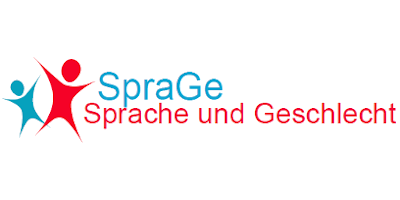SpraGe - Language and Gender
Language and Gender investigates possible differences in the quality of vocabulary knowledge of girls and boys. Using empirical analysis, presumed advantages girls have with words with female connotations and boys with words with male connotations will be investigated.
Funding
Language and Gender empirically tests whether boys and girls in primary and the beginning of secondary school (10 to 14 years) have systematically different vocabulary knowledge of words with male, female, or neutral connotations. Scholastic success is built upon comprehensive language skills, the basis of which is vocabulary. Findings from developmental psychology suggest that boys and girls develop different interests and prefer different activities. Accordingly, they are likely to come into contact with different words in their everyday lives. As a result, systematic differences could develop in the quality of their vocabulary knowledge.

The project is based on a variety of data sources and ages, and different samples (e.g., fourth graders) and instruments (e.g., verbal KFT scale) are used. Using theory-based ratings the relevant words are categorized as having masculine (for example, "profit"), feminine (as "intimately"), or neutral connotations (for example, "heat"). Rating conformity is empirically verified. Relative strengths of a gender group with gender-conform connoted items are tested using a Differential Item Functioning analysis (DIF), allowing for both quantitative and qualitative differences between students to be analyzed depending on the connotation of the words. Subsequently, it is checked whether the expected gender patterns are present in different cultures coming from children immigrant backgrounds.
Results
The analyses of the solution probabilities of the FALKE vocabulary test items showed no quantitative vocabulary differences depending on the gender of the children in the third grade. However, the DIF analyses confirmed qualitative differences: boys had relative advantages for words with male connotations, girls for words with female connotations. This was also true when controlling for central social background characteristics.
The results make it clear that boys and girls of primary school age know better those words that describe something from the stereotyped world of their own gender group. For the school, this means the pedagogical task of arousing the children's interest in topics and activities that are otherwise often attributed to the other gender in everyday life, in order to support all learners as individually as possible, regardless of their gender.






![[Translate to English:] [Translate to English:]](/storages/ifs-ep/_processed_/8/5/csm_AdobeStock_412860748_9a2dbb816c.jpeg)
